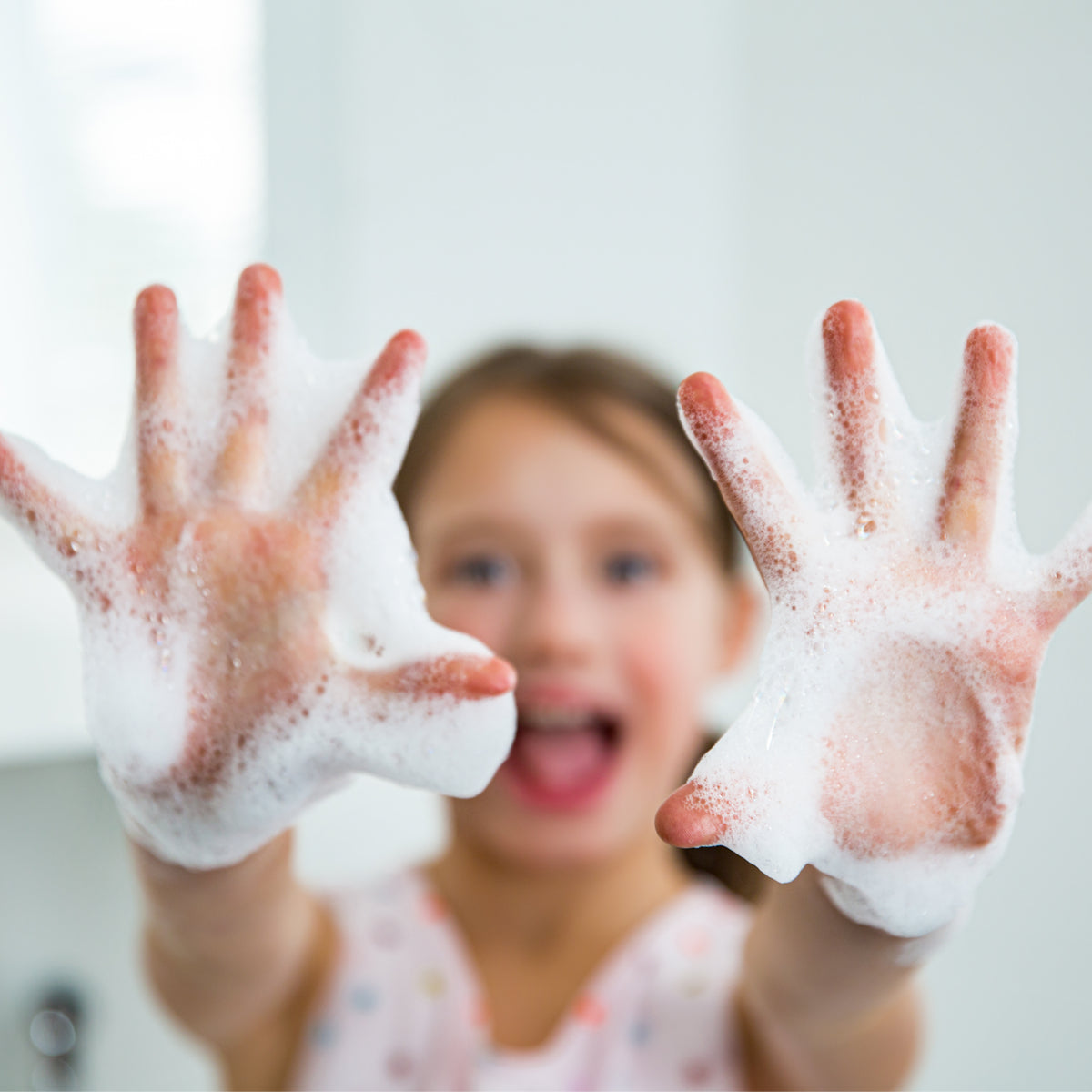
Let's face it, this virus is sticking around longer than we thought it would. A big question parents have right now is how can students safely return to school during COVID-19? As a parent, I want nothing more than to get back to some sense of normalcy. Not only for my own sanity, but also for my child's social and emotional development.
The latest American Academy of Pediatrics (AAP) advice says that children are at their best when they are in school. However, careful measures must be in place to keep students and staff safe. Ideally, local school leaders, public health experts, educators, and parents will work together to decide how and when to reopen schools. These decisions need to take into account the spread of COVID-19 in the community, as well as whether schools are able to make in-person learning safe. Schools and families should also prepare to go back to virtual learning if COVID-19 cases increase in the community.
It is important for us all to remember that schools are more than just a place for learning. In addition to education, school gives children an outlet for social and emotional skills and a chance to exercise. It also creates access to mental health support that cannot be provided with online learning. For some families, school can also provide kids with two healthy meals a day, access to the internet, and vital social and health services.
It’s easy to see how so many of us are torn about what’s the right thing to do. It all comes down to the safety of our children, and the execution of school safety measures.
Here are some of the steps schools should be taking to help prevent the spread of COVID-19. It's up to us as parents to check with our schools to see if they are following the safest steps possible. According to the CDC, these measures should include:
Temperature checks and testing: Taking the temperature of all students every day before they enter school. Students with fevers should stay home.
Students who may have been exposed to the virus should get tested and quarantine until they have a test result.
Physical distancing: The goal should be to stay six feet apart to help prevent the spread of the virus that causes COVID-19. But spacing desks at least three feet apart – and avoiding close contact in common areas — may have similar benefits. Outdoor spaces should be used for classrooms when possible.
Wearing cloth face covering + hand hygiene: Frequent hand washing with soap and water is important, and students and staff should wear face masks.
Cleaning and disinfecting: Schools should follow CDC guidelines on proper disinfecting and sanitizing for classrooms and common areas.
Reduction of student contact (and movement): In the CDC model called cohorting, groups of students stay together in the same classroom. Teachers either remain with the group throughout the day or rotate into the classroom for the specific course they teach. Cohorting (which is easier to follow in elementary and middle schools) reduces the chances of virus spread. Another model, known as hybrid education, combines in-person learning with remote (online) learning to stagger attendance and lower the number of children in school at any one time. The hybrid model can be effective at high schools, where cohorting is tougher to follow.
Students should eat lunch at their desk and not in large cafeterias. Classroom doors should remain open to reduce touching of door knobs by numerous people.
Other helpful steps schools may take:
Schools can assign seats on buses and require students to wear cloth face coverings.
Schools can direct hallways and stairs with one-way arrows to avoid crowding.
Outdoor activities can be encouraged. Students should be allowed to use the playground in small groups.
In addition to making sure that schools are following proper protocols, parents need to offer generous emotional support to their children as they return to school. Empathy and understanding are key. The kids likely will be excited to see their friends, but also wary of all the extra precautions involved. It’s good to check in with them and offer gentle reminders about the importance of wearing face masks, washing their hands frequently, and following other hygiene and safety protocols. More than ever, students might need outlets to relive stress, such as spending time online with friends, exercising, or watching a funny movie. Stay close to them and be supportive.
And if all of that is not enough to worry about, there are new safety concerns regarding hand sanitizers and their ingredients. The US Food and Drug Administration recently named (by brand) 100 hand sanitizers that consumers should avoid due to safety concerns about the products. The hand sanitizers on this updated list do not have enough alcohol content to sanitize properly.
The FDA also recently warned consumers about hand sanitizers containing methanol – a chemical that is toxic when absorbed through the skin (and potentially deadly if ingested). Several products have been recalled by manufacturers and pulled from store shelves.
At Starling, our primary goal is to use the safest ingredients for adults and children: Clean, organic, allergen-free, food-grade ingredients. Our hand sanitizers are made of organic cane sugar alcohol (61% alcohol content) and meet CDC guidelines. They contain extra-moisturizing organic glycerin, which eliminates that dry, sticky feeling that most sanitizers leave on your hands. It’s a great alternative for those times when you cannot wash your hands.
We decided to create a Back-to-School Essentials package — consisting of a clear lip balm, two kids' deodorants, and a bottle of hand sanitizer — for only $28, a $50 value. You can trust Starling to deliver the safest ingredients possible for you and your family.
Wishing all those Fresh Kids out there a safe and healthy school year!





